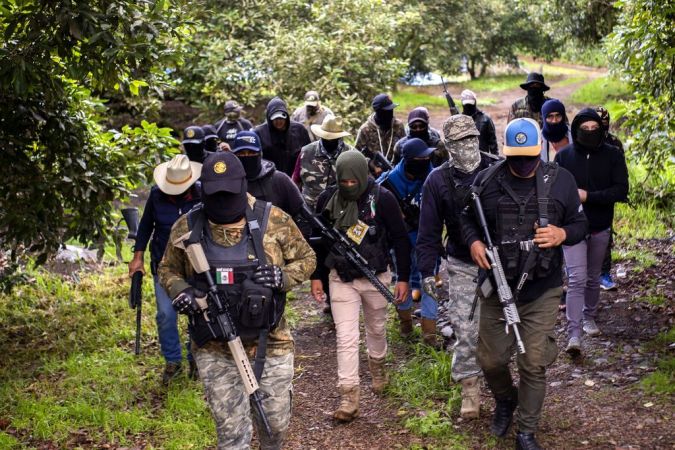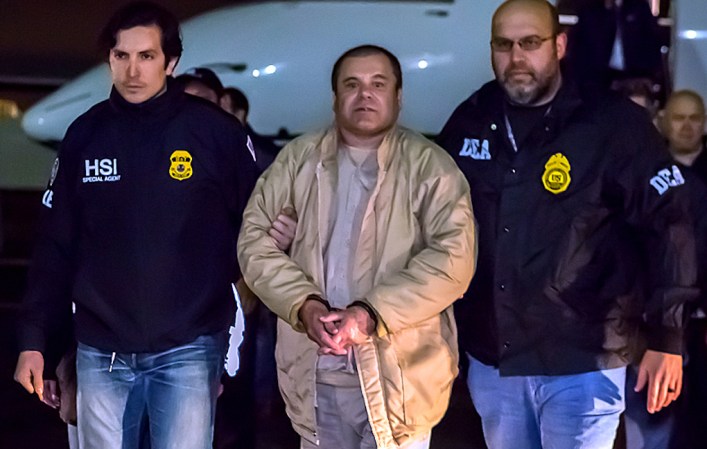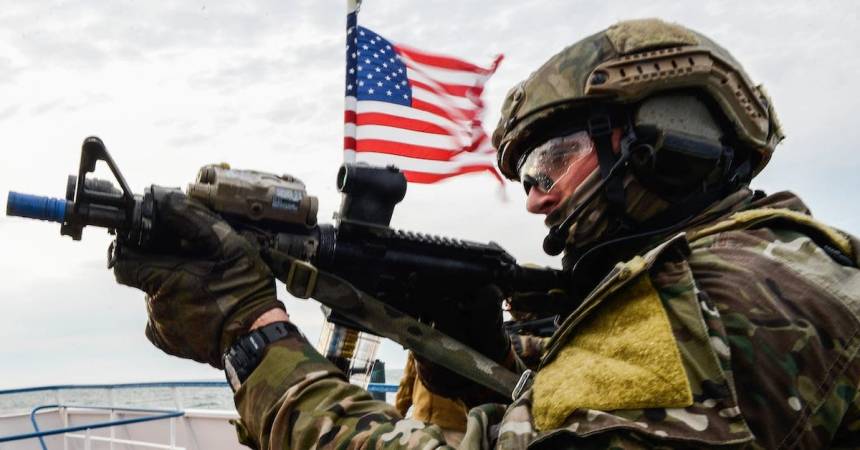Earlier this month, the White House announced its intention to place marijuana in a less restrictive class of drugs. The move reflects a significant legal and political shift, as well as public sentiment – today, more than eight in 10 Americans believe marijuana should be legalized for medical or recreational use. It has also once again thrust the U.S. Drug Enforcement Administration (DEA) into the public spotlight – any discussion about marijuana inevitably involves DEA. But the agency’s mission is much broader, more complex, and impactful than many realize.
Marijuana is not that important
DEA was established in 1973 in response to the growing threat posed by illicit drugs, including marijuana, and consolidated multiple government agencies with similar mission sets under a single, unified command structure. Early on, the agency became associated with “reefer madness,” and it has struggled to shed its reputation as a marijuana-centric organization. In reality, marijuana – while still illegal under federal law – is not a priority for DEA and hasn’t been for quite some time. Like every organization, DEA has limited resources and must prioritize the most significant threats. While marijuana still poses problems, the number of federal marijuana arrests has been declining for years, and today, DEA is far more concerned with deadly synthetic drugs like fentanyl and methamphetamine that continue to wreak havoc throughout the U.S.
DEA has the largest law enforcement footprint in the world

DEA’s primary goal is to protect Americans from illicit drugs and their suppliers. Most DEA personnel and offices are located in the U.S. and are laser-beam focused on domestic drug issues. But DEA also recognizes drug trafficking is a global issue that requires a global response. Over time, DEA has wisely established outposts all over the world – there are currently 93 DEA offices in 69 countries staffed with highly-trained liaison officers selected for their ability to work by, with, and through host-nation counterparts. While many DEA offices are concentrated in the Western Hemisphere where most of the drugs bound for the U.S. originate, it deploys personnel all over the world to conduct joint investigations, build capacity, and combat transnational organized crime – all with less than 5,000 total Special Agents.
There is more to DEA than Special Agents

DEA Special Agents – the sworn federal law enforcement officers who carry a gun and a badge – are often the most visible part of DEA and the (mostly) fictional stars of Netflix shows. In real life, they execute high-risk search warrants, arrest violent criminals, and seize large quantities of narcotics. Today, DEA’s Wall of Honor recognizes the 87 men and women of DEA who have been killed in the line of duty, most of whom served as Special Agents. DEA Special Agents are the “tip of the spear” and they are very good at what they do. But behind every Special Agent is a dedicated team of elite support staff of Intelligence Analysts, Diversion Investigators, Chemists, Administrative Specialists, Attorneys and many others, all striving for the same goal. The military knows this well.
DEA is forward-leaning

Unlike most law enforcement agencies, DEA is “single mission,” meaning it is exclusively focused on drug trafficking. But with its global reach, extraterritorial jurisdiction and risk-taking culture, DEA has earned a reputation for “punching above its weight” and apprehending some of the world’s most notorious criminals involved in weapons trafficking, money laundering, and narcoterrorism. For example, in 2011, after years on the run, DEA nabbed Viktor Bout – the so-called “Merchant of Death” – in a sting operation after he agreed to supply weapons to terrorists opposed to the U.S. More recently, in 2021, DEA facilitated the arrest of Alex Saab, a close confidant and money laundering associate of Venezuelan President Nicolas Maduro, for stealing over $350 million in a money exchange scheme. In these cases and many others, DEA did what no one else could.
The prevailing view of DEA is often a backward-looking, heavy-handed law enforcement agency concerned with low-level drug dealers and substance abuse users. The truth is the men and women of DEA care deeply about public safety and recognize illicit drugs are the leading cause of death for Americans aged 18-45. For all its faults – and there are many – DEA has evolved from fighting yesteryear’s “drug war” to tackling today’s greatest national security threat.










